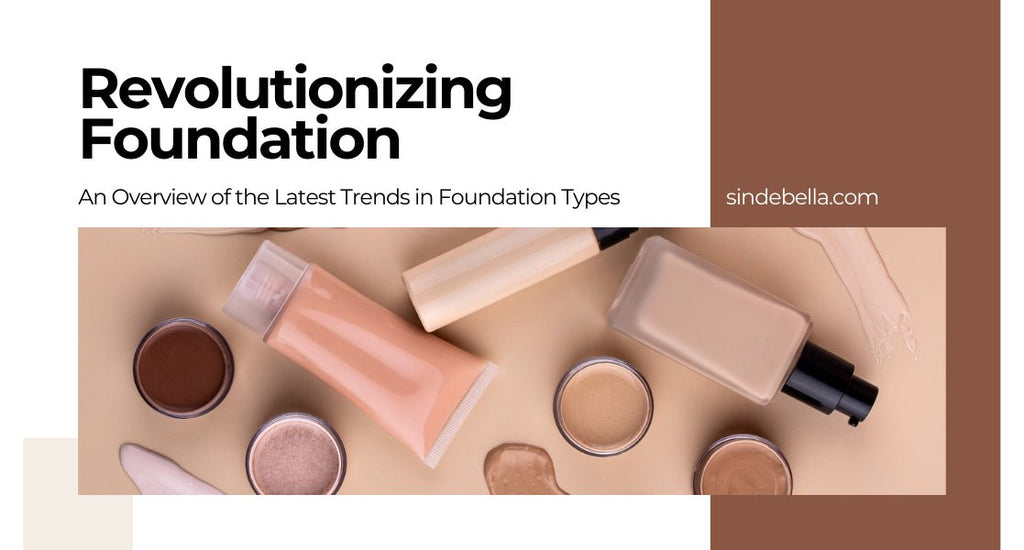
Creating a Successful Foundation Brand: Key Factors to Consider
What to Look for When Choosing a Foundation: Ingredients, Effects, and Customization Explained
Introduction:
When developing your own foundation brand, it is crucial to consider several key factors in the cosmetics industry. This article aims to provide valuable insights into the essential aspects of foundation formulation that B2B clients should focus on. By understanding ingredients, skin types, coverage, shades, longevity, and branding, you can confidently create a unique and successful foundation brand.
Ingredients: The Building Blocks of Quality Foundations
- Learn about active and inactive ingredients and their functions.
- Understand potential effects on the skin.
You can ask the factory to provide you the formula MSDS, then you can learn about active and inactive ingredients and their functions, you don’t need to be a chemist then you can know whether it’s safe ingredients for the skin.
Skin Types: Catering to Diverse Needs
- Identify different skin types and their specific concerns.
- Formulate foundations suitable for oily, combination, normal, and dry skin.
Understanding the diverse range of skin types is essential when developing foundations. Consider these factors when formulating your product:
- Oil-Free Formulas: Opt for oil-free formulations to cater to oily and combination skin types. These formulas control excess sebum production, minimizing shine and preventing clogged pores.
- Lightweight and Breathable Textures: Foundations with lightweight and breathable textures are ideal for individuals with normal to combination skin. These formulas provide smooth coverage without feeling heavy or suffocating the skin.
- Moisturizing Formulas: Dry or mature skin types benefit from foundations that offer moisturizing properties. Look for ingredients like glycerin or ceramides, which help lock in moisture and nourish the skin throughout the day.
- Long-Lasting Formulas: For clients seeking foundations with extended wear, consider incorporating long-lasting formulations. These products provide smudge-proof and transfer-resistant coverage, ensuring a flawless complexion even after extended periods of wear.
Coverage and Finish: Customizing the Desired Look
- Determine the level of coverage desired for various customer preferences.
- Provide options for natural, medium, and full coverage.
- Offer different finishes such as matte, dewy, or satin to cater to diverse makeup looks.
Shade Range: Inclusivity and Diversity
Inclusivity is vital when developing foundation products. Ensure your brand offers a wide range of shades that cater to various skin tones. Consider undertones such as warm, cool, or neutral, and provide easily customizable options to help customers find their perfect match.
- Create a wide range of shades to cater to your local people skin tones.
- Consider variations within each shade to accommodate different undertones.
- Ensure inclusivity by offering shades for all ethnicities and skin colors.
Packaging and Branding: Creating an Eye-Catching Presentation
- Design packaging that reflects your brand identity and target market.
- Incorporate attractive branding elements, such as logos and messaging.
- Ensure easy and hygienic application with user-friendly packaging designs.
By considering these key factors, you can confidently create a foundation brand that stands out in the cosmetics industry. Research, innovation, and attention to customer needs will help you develop a successful foundation range that meets the demands of B2B clients and end consumers alike.




